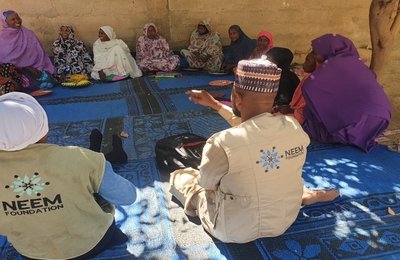The Project on Justice in Times of Transition (PJTT) is on a mission to reassess global conflict resolution in the 21st century to develop new strategies. As part of this mission they hosted a Neuroscience and Social Conflict conference with MIT’s Social Cognitive Neuroscience Laboratory, Saxelab February 9 -11. Leading neuroscientists, social psychologists, and conflict management experts came together to advance the global conflict resolution field. Rather than an academic exercise the event was a conversation between forward looking experts and practitioners. CeaseFire was on hand to share the vision that violence not only behaves as a disease transmitted person to person, but also that it can be prevented and stopped like a disease.
For more than 50 years methods of conflict resolution have been developed with mixed results. Until recently, very little effort has been put forward to evaluate such interventions, but the team assembled at the conference was looking to change that. Dr. Slutkin spoke on a panel alongside Princeton’s Professor Paluck; Emile Bruneau, Researcher at MIT’s SaxeLab; and USAID Evaluation Specialist Joseph Hewitt from the Office of Conflict Management and Mitigation, on Measuring Conflict Resolution.
CeaseFire has a remarkable distinction among violence prevention programmes for having two comprehensive evaluations demonstrate the effectiveness of the public health model in two cities. In 2008, a National Institute of Justice funded evaluation of the CeaseFire violence prevention model in Chicago examined seven communities where the programme was implemented. All seven communities experienced a statistically significant reduction in gun violence.
Last month, the first rigorous external evaluation of a CeaseFire replication, Baltimore-based Safe Streets was announced by Johns Hopkins University, demonstrating successful results for reducing violence in all four neighborhoods where it was implemented. Dr. Daniel Webster, lead author of the study, presented the three year evaluation of four historically violent neighborhoods–McElderry Park, Elwood Park, Madison-Eastend, Cherry Hill– showing a statistically significant decline in homicides or nonfatal shootings or both in each of the communities.
In one neighborhood, killings were reduced by 56% and shootings by 34%; in another neighborhood killings were reduced by 53%, and in the two other neighborhoods, shootings were reduced by 34% and 43%.
Two other findings were extremely interesting and important to our work. First, the positive effects (less shootings and/or killings or both) diffused into the neighboring communities as well as people not even involved in the programme directly. In other words, high-risk people in the neighborhoods where the CeaseFire model is being implemented were changing their thinking and attitudes towards violence even if we weren’t directly working with them.
Overall the conference was a success. It helped launch a multi-year initiative facilitating research across disciplines to explore the latest findings in neuroscience and its implications for conflict management. It addressed gaps in the field through multidisciplinary information sharing and it reviewed best practices for evaluation, measurement, and strategies. CeaseFire was honoured to participate in this incredible opportunity to move the violence prevention/ conflict resolution field forward.









